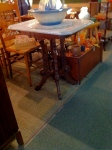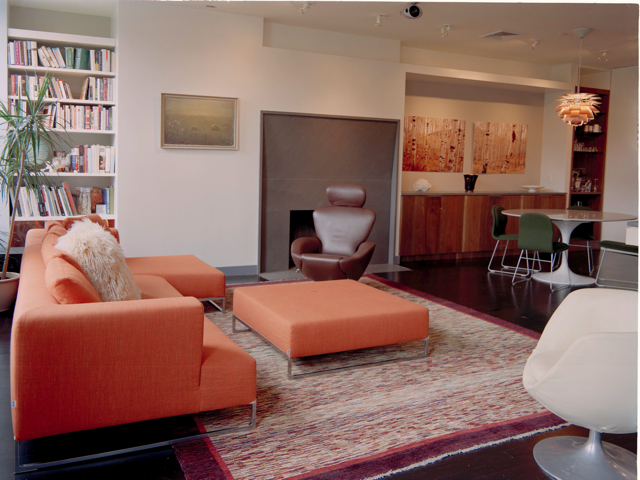The design process is rarely fluid.
Whether it has time or budget constrictions, something always gets in the way of it moving quickly and easily. For many clients, this stop and start is seen as a frustrating if not irritating situation. While for the designer, it can be a presentation of great opportunities but can also mean unanticipated extra work.
This blog entry is about how Building Codes can be the wild card.
We are working on a home at the Shore presently. It has been a delight to work through the ideas of “lifestyle” with the clients. They are a young couple who are well-traveled with young children and wanted the house to be relaxed, informal but also able to polished up at a moment’s notice should someone stop by. They would prefer it to be stylish, yet classic so that it wouldn’t be dated “so 2010.” They also want the materials to be hard-wearing and long-lasting and be kid-friendly yet sophisticated enough to entertain friends, family and colleagues.
Big Wish List, right?
Not really.
The clients found the house by accident while boating and felt an immediate attraction to the arts and craft bungalow with low slung roofs barely visible through cedars up a gently sloping garden from the water. It was on the market and the price was reasonable enough for them to enjoy for a few summers before taking the plunge into a full-scale reno.
The house’s eccentricities were not at first completely understood. The low-slung roofs cause you to stoop when inside trying to take in the spectacular view for one. The arts and crafts styling proved to be too original in its state for an active family for the next point. And finally, the site is long and narrow with the narrow edge along the water. Funnily enough, the site is actually too narrow to have a considerable sideyard (one wide enough to walk through). In this situation, you have to use the street to get to the backyard. This condition is a common occurrence in dense urban areas, but rarely in areas considered, “suburban.”
But even with these eccentricities, the house is wonderfully sandwiched between that sloping rear garden to the water and a large (but narrow) wooded section completely underutilized.
We started wanting to maintain the feeling of the original house.
Emotive Design.
At the end of the renovation, the house should feel as if it has always been that way. Keeping the meandering paths in the gardens, the exposed eaves, the scale of the house and outbuildings was penultimate.
Often when seeking approvals from local communities, the design must change or evolve to address the building code. Our initial design included three buildings: the house, workroom/studio and detached garage. The three structures would create a community of hipped-roofed buildings connected with gardens, pergolas, paths and breezeways.
Today, working through the design in consideration of the building codes, we came to a point where we had to backtrack to what our purpose was: To design an intimate home with associated garage and workshop keeping in mind it is a shorehouse and must adapt easily to sand, salt air and constant use.
The building code was encouraging us to connect the house with the garage and merge the workroom/studio with it.
Our initial response was disappointment as we wanted to maintain the campus-like feeling of the three structures. But as we are working to gain approvals, we found ourselves having to adjust our thought process.
We are grateful for the shift as the design is now nearly complete.
We have designed for the intimacy, the old-world feeling, but still have satisfied the local building code.
So, even though the house isn’t exactly what we sketched and fleshed out at the start, we still have the intimacy, the old world styling and the cohesive nature of that original eccentricity that initially drew the clients to the house in the first place.
Next Step for the Shorehouse? Budget! I will start tackling that this week.
















